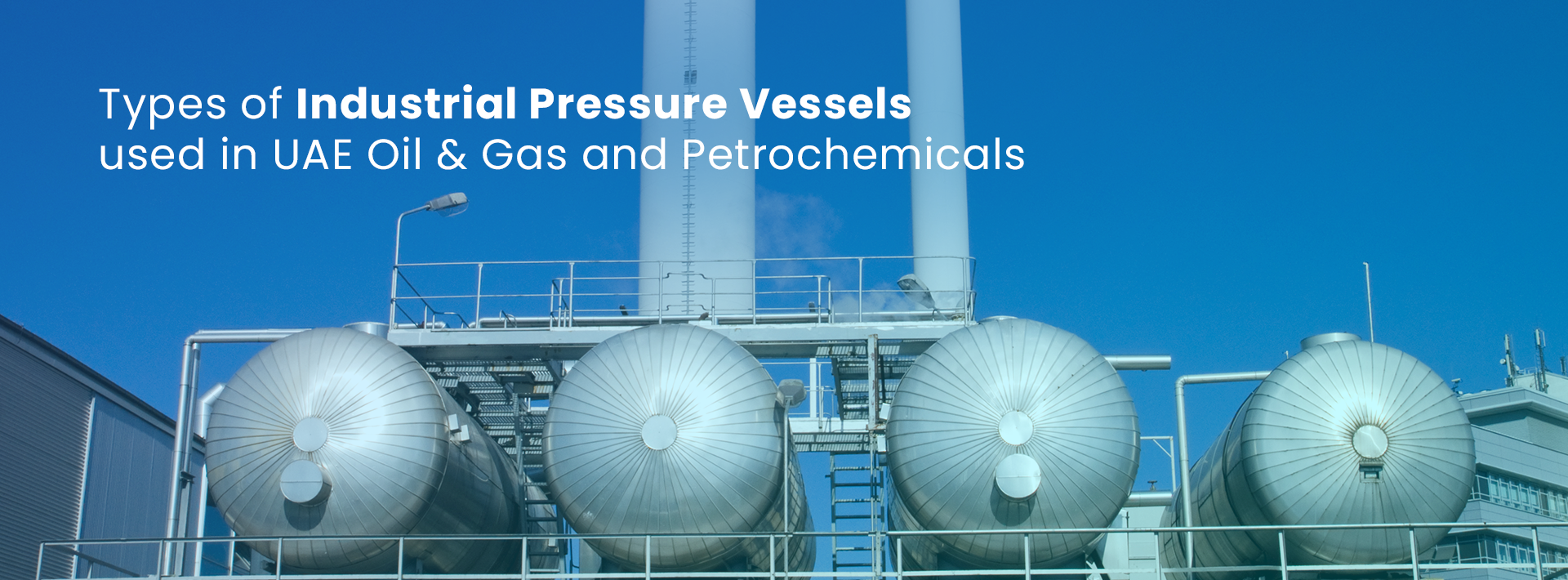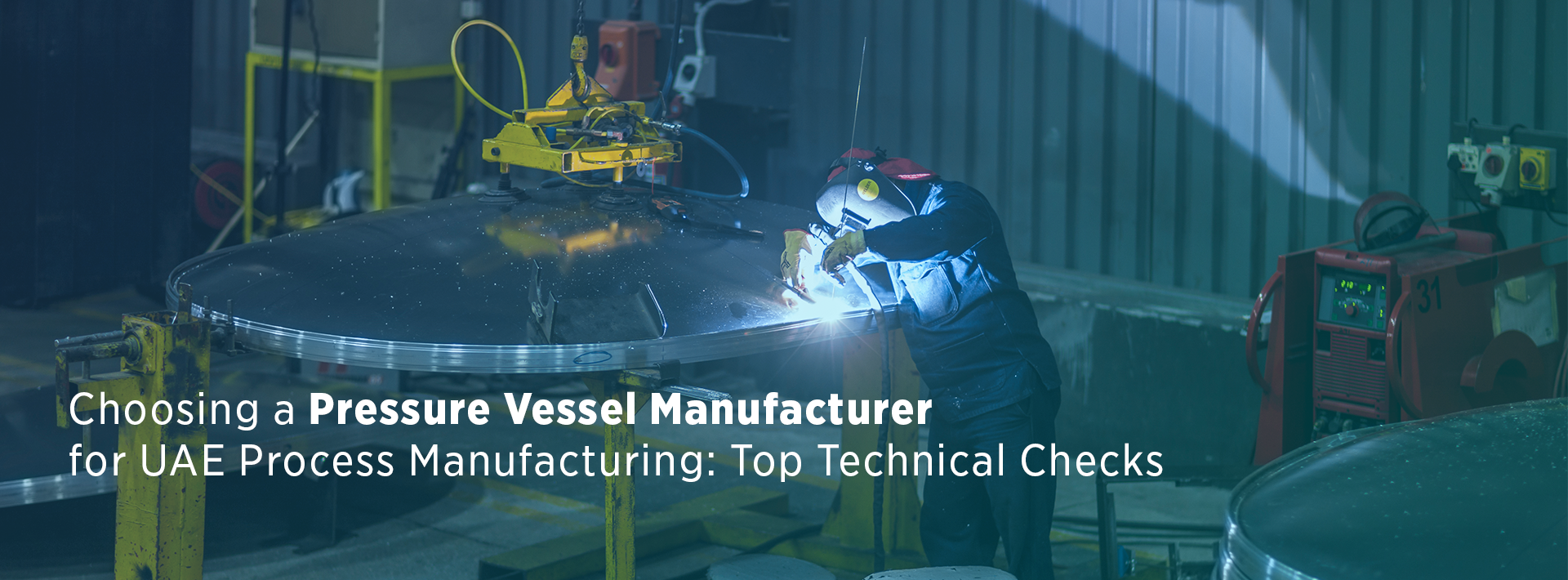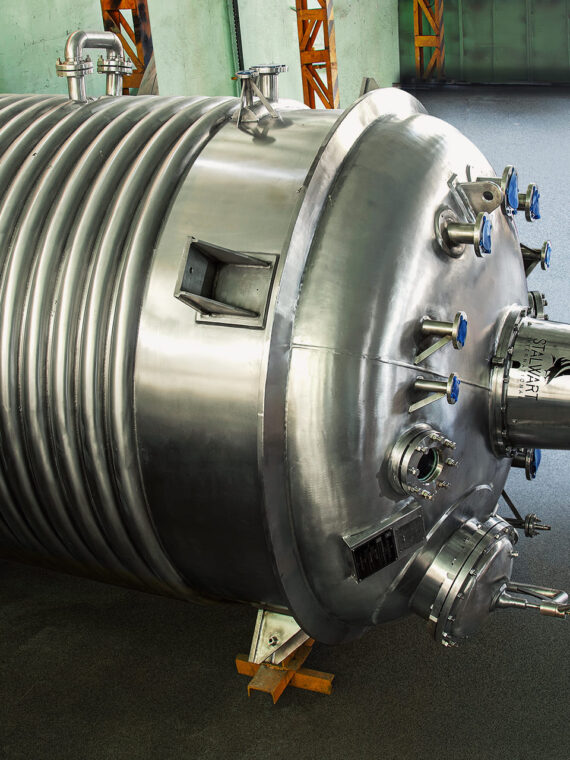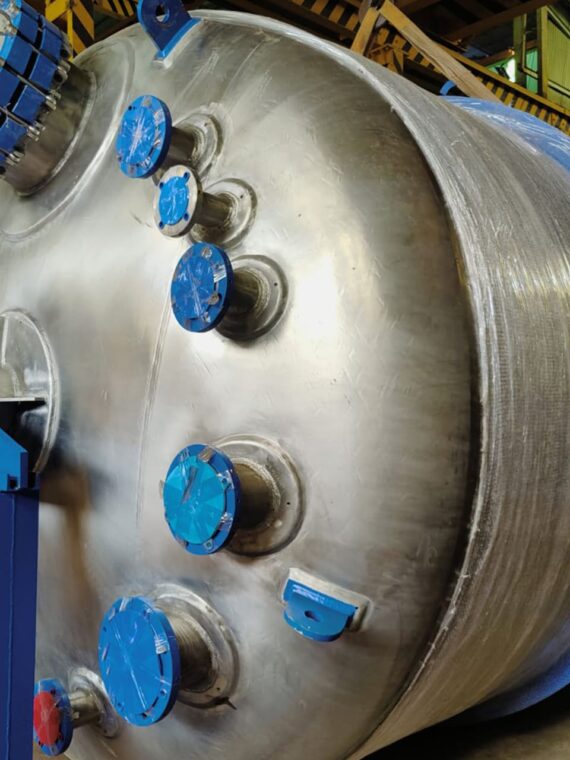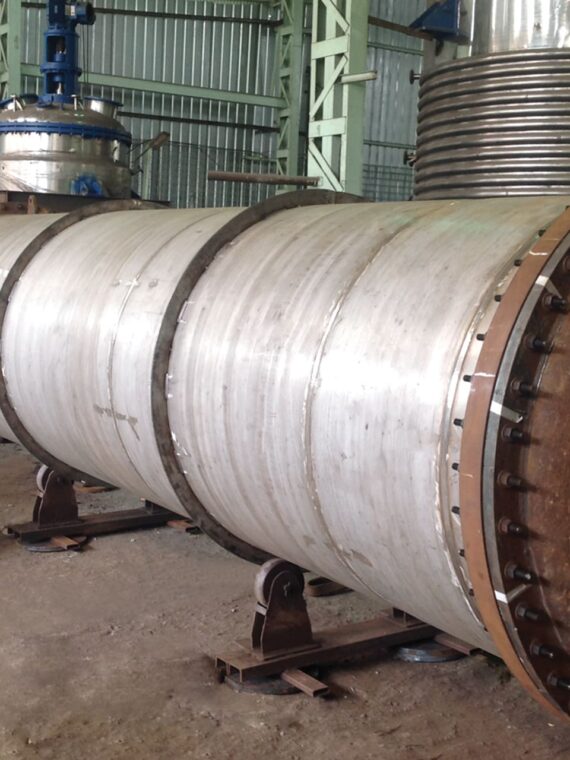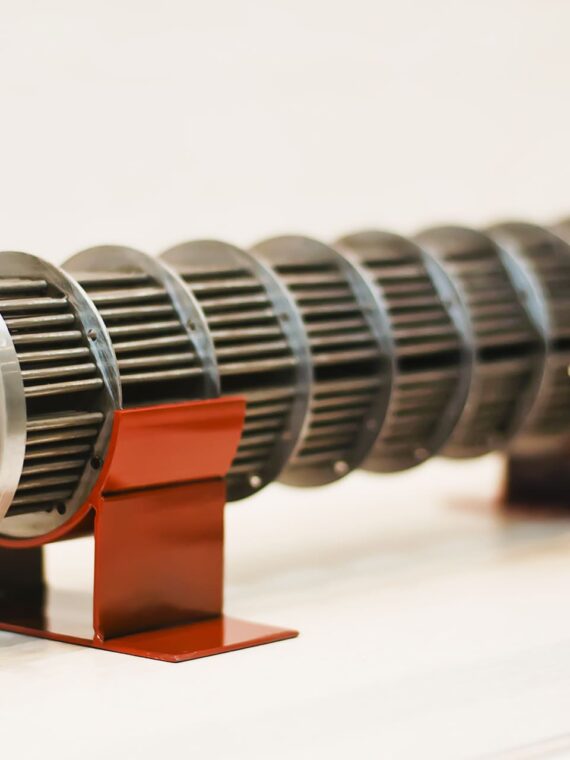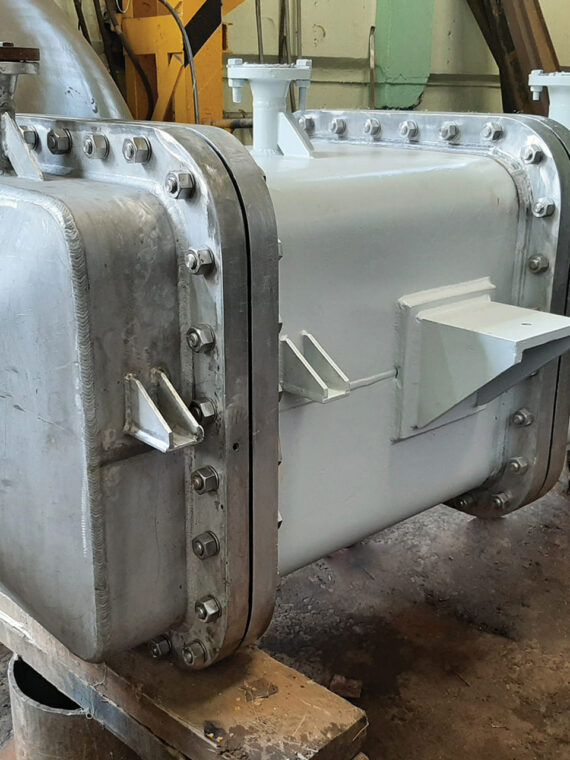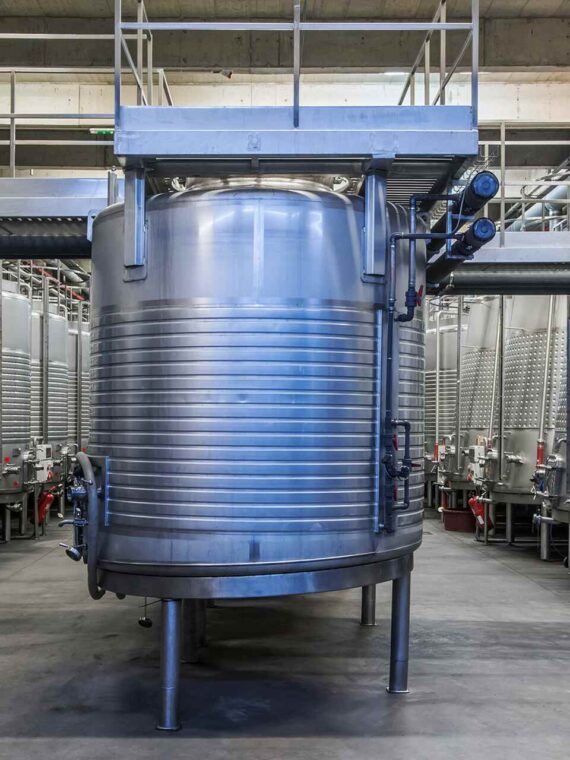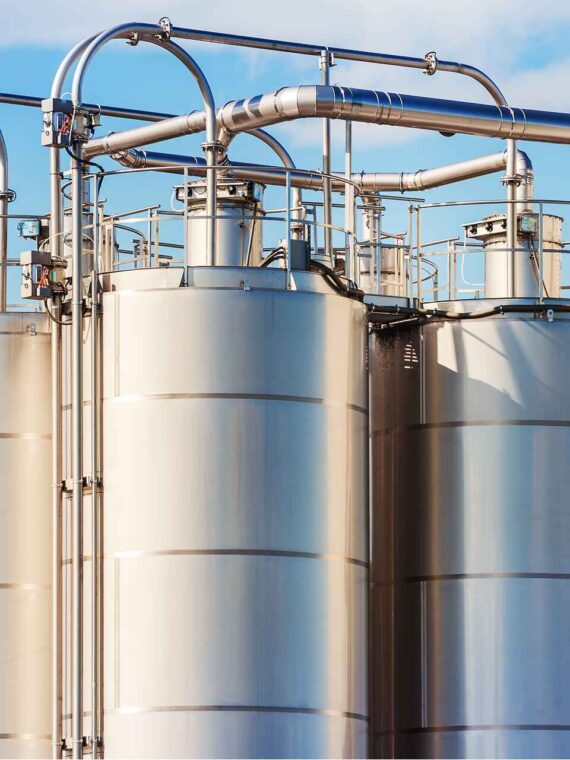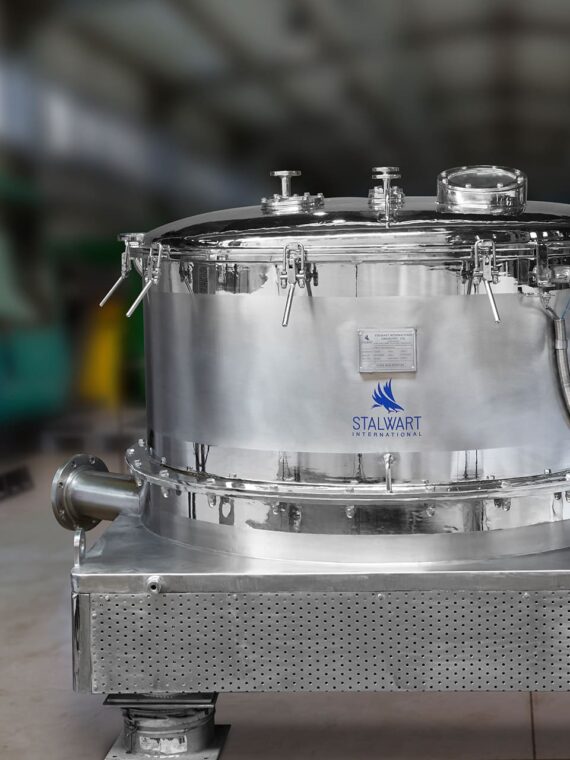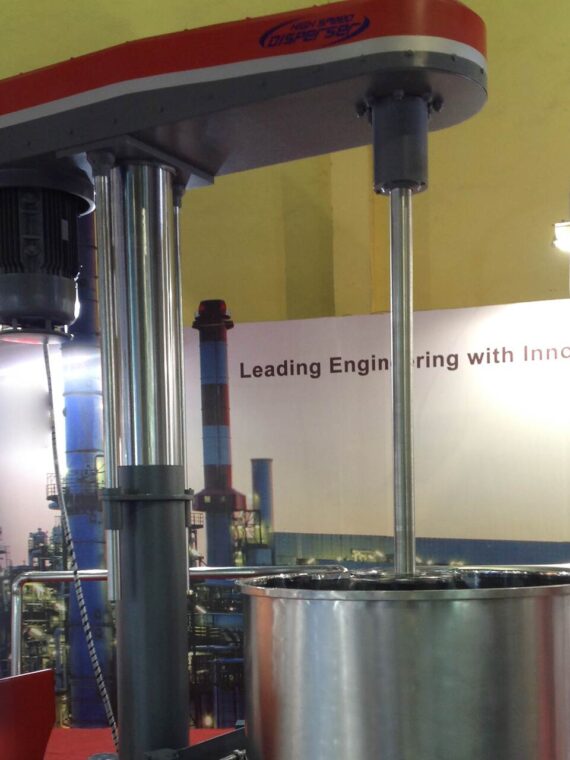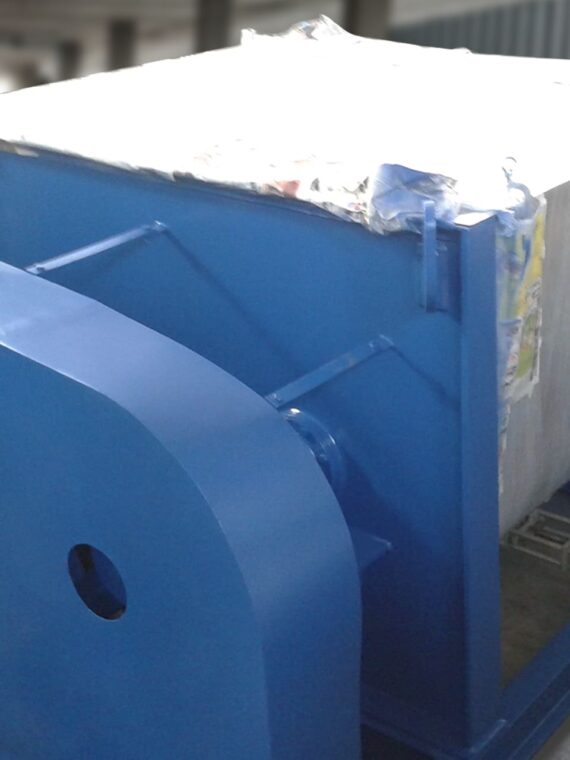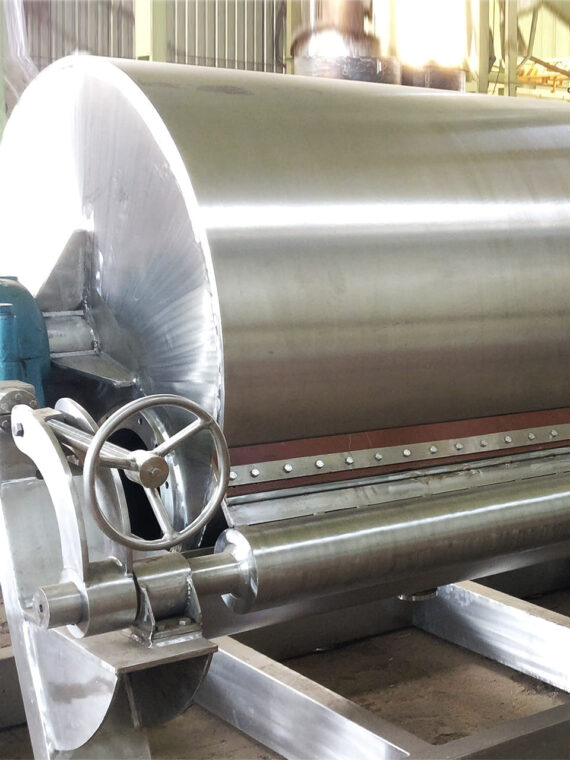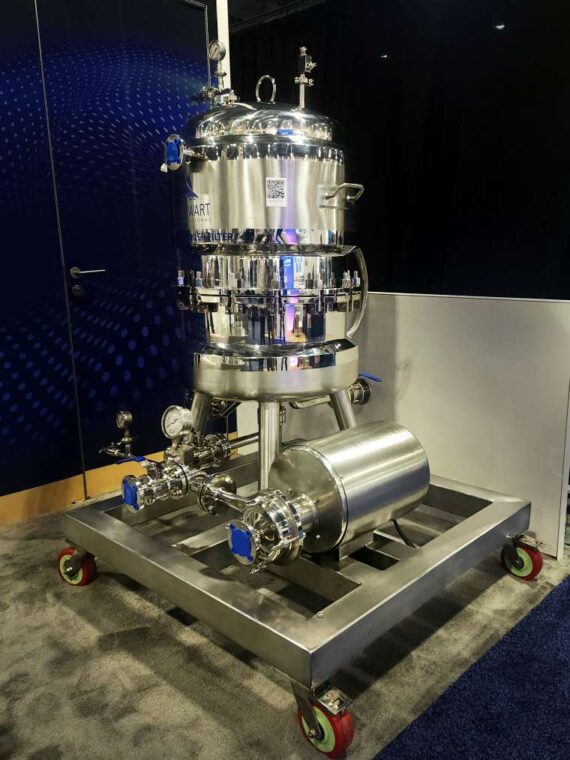High-pressure vessels are high-technology containers engineered to safely retain gases or liquids above atmospheric pressure. They have many applications in the oil and gas industry, chemical processing, pharmaceuticals, food and beverages, and aerospace. Selection of a suitable high-pressure vessel is an arduous task for every sector. It includes consideration of multiple factors such as operations’ design, safety, and efficiency. Additionally, the risk of leakage and explosion associated with high-pressure equipment makes the selection process more critical. The article entails detailed specifications and industry-specific requirements for selecting an appropriate high-pressure vessel.
Industry Specifications
Each industry has peculiar pressure vessel requirements concerning their design and operations. For instance,
Oil and Gas
Pressure vessels for this industry should contain volatile fluids under extreme conditions. Therefore, they require robust materials that withstand high pressure and high temperature without leakage or explosions. They might also require thermal insulation to maintain temperature variations during extraction and processing.
Chemical Processing
The chemicals involved in chemical processing are usually corrosive and can react with standard materials. Hence, materials such as stainless steel and carbon steel coated with protective or special alloys should be considered. Additionally, chemical compatibility should also be checked to prevent unwanted reactions from undermining the integrity of the vessel.
Pharmaceuticals
The medicinal industry is subject to heavy regulatory compliance. For example, the requirements of the FDA for pharmaceuticals mandate that vessels be designed to prevent contamination and must support cleaning or clean-in-place systems. They may incorporate additional features such as temperature and humidity control.
Foods and Beverages
Sanitary design is the most critical element in the food industry. Vessels should have smooth surfaces for easy cleaning. Additionally, they may require jacketing for heating or cooling during processing. The pressure equipment must also adhere strictly to food safety regulations (such as FDA and USDA standards) to ensure the safety of the product.
Aerospace
The extreme pressures and temperatures of flight operation necessitate high-performance materials. Such vessels must be lightweight but strong enough to withstand launch and re-entry stress. Advanced composite materials are often used in this sector because of their high strength-to-weight ratio.
Read Also: The Working Principle Of The High-Pressure Vessel
Material Selection
The material selected ensures optimal performance of a pressure vessel in the respective industry. For instance,
Steel
A study by the World Steel Association (WSA) found that steel is the most widely used material for high-pressure vessels due to its strength and durability. Variations of steel include;
- Carbon Steel: Less expensive but may require protective coatings to protect from corrosion.
- Stainless Steel: Excellent corrosion resistance; perfect for chemical processing and food applications.
- Alloy Steels: They have enhanced properties for specific applications, such as high-temperature applications.
Aluminum
It is comparatively lighter but has less durability than steel. Aluminum is generally used for aerospace, where weight efficiency is of utmost importance.
Composites Materials
They have a high strength-to-weight ratio and are primarily employed in the aerospace industry. Studies suggest that composite materials are increasingly used in high-pressure vessels due to their high strength-to-weight ratio and corrosion resistance.
Read Also: Industrial Pressure Vessels Guide
Design Specifications
The design specifications needed for the selection of an appropriate high-pressure vessel include;
- Pressure rating: The ASME Boiler and Pressure Vessel Code (BPVC) provides guidelines for determining the pressure rating of high-pressure vessels.
- Temperature rating: The American Society of Mechanical Engineers (ASME) has standards for calculating the temperature rating of high-pressure vessels.
- Corrosion allowance: The National Association of Corrosion Engineers (NACE) offers guidance on determining the appropriate corrosion allowance for high-pressure vessels.
Advanced simulation tools (like Finite Element Analysis) may also optimize designs for efficiency, safety, and longevity.
Read Also: Types Of Pressure Vessels
Compliance with Standards
It is essential to look up to established standards to ensure the safety and reliability of the pressure vessel for your industry. The commonly used standard is;
ASME Boiler and Pressure Vessel Code (BPVC):
This code provides complete information on the design, fabrication, inspection, and testing of pressure vessels. It categorizes vessels into the following divisions.
- Division I: For those vessels operating at pressures more than 15 psig;
- Division II: It is optimal for higher-stress applications
- Division III: These vessels require specific material and design; their pressure exceeds 10,000 psi.
API Standards
The American Petroleum Institute (API) has specific standards for industrial pressure vessel in the oil and gas industry.
ISO Standards
The International Organization for Standardization (ISO) has developed standards for high-pressure vessels widely used globally.
Conclusion
Selecting suitable high-pressure vessels involves precisely understanding industry needs, material properties, specified designs, and compliance with safety standards. It ensures that the boats are in good condition for safety and reliability in high-pressure environments. With the advancement of technology, materials (such as advanced composites) and design practices (such as additive manufacturing) will continue to improve and potentiate the performance and safety of pressure vessels in various industries.



